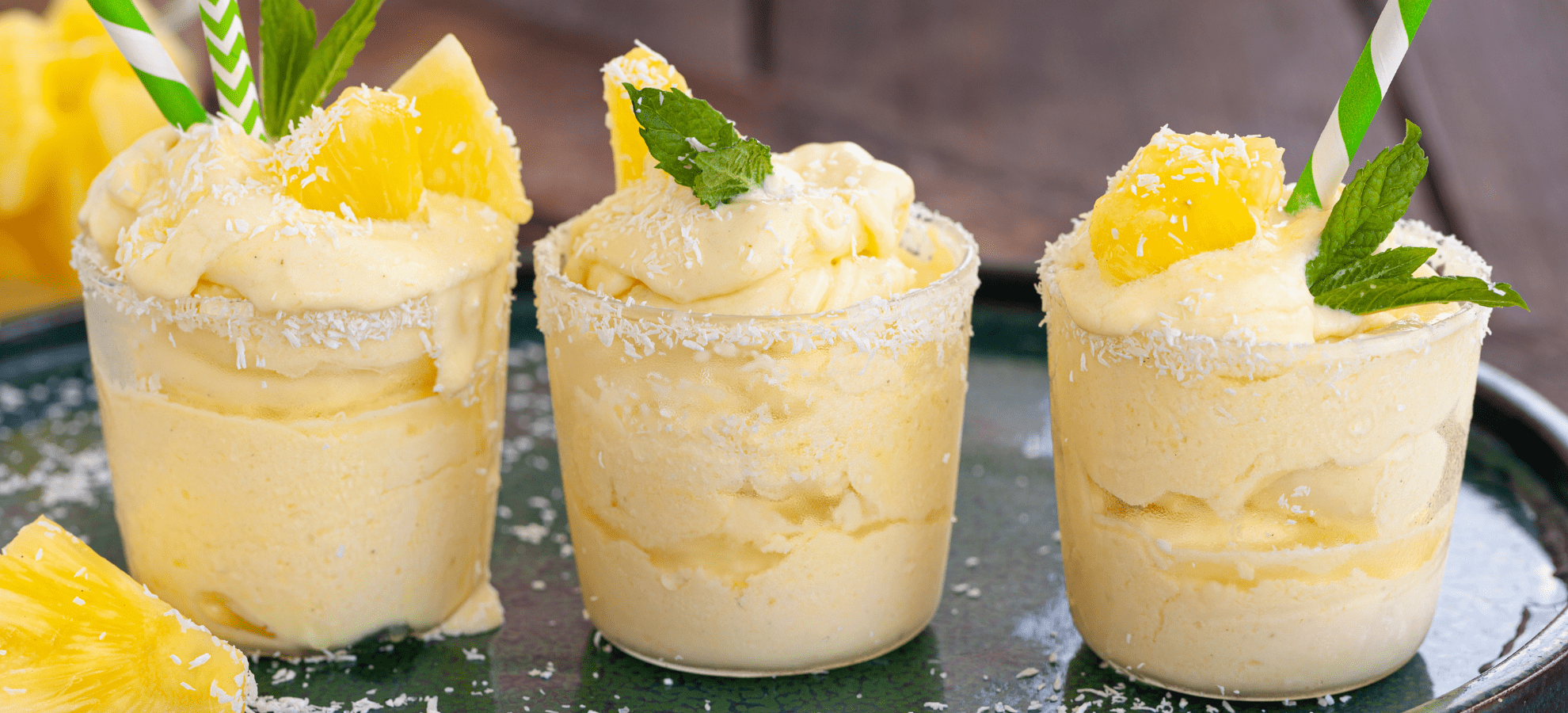by the Town of Surfside Beach
The American incarnation of Mother’s Day was created by Anna Maria Jarvis in 1908 and became an official U.S. holiday in 1914. Anna would later denounce the holiday’s commercialization and spent the latter part of her life trying to remove it from the calendar. While celebrations vary, Mother’s Day traditionally involves presenting moms with flowers, cards and other gifts.
The clearest modern precedent for Mother’s Day is the early Christian festival known as Mothering Sunday. Once a major tradition in the United Kingdom and parts of Europe, this celebration fell on the fourth Sunday in Lent and was originally seen as a time when the faithful would return to their “mother church”— the main church in the vicinity of their home— for a special service.
In the United States, before the Civil War, Ann Reeves Jarvis of West Virginia helped start Mothers’ Day Work Clubs to teach local women how to properly care for their children. In 1868 she then organized Mother’s Friendship Day, at which mothers gathered with former Union and Confederate soldiers to promote reconciliation.
The official Mother’s Day holiday arose after Ann Reeves Jarvis’ death in 1905. Her daughter, Anna Maria Jarvis, conceived of Mother’s Day as a way of honoring the sacrifices mothers made for their children.
Beginning in 1908, John Wanamaker, a pioneer in marketing, financed Anna’s campaign to have Mother’s Day designated as a national holiday and officially recognized. On May 8, 1914, the U.S. Congress passed a law designating the second Sunday in May as Mother’s Day; it also later became an international holiday.
Anna blanketed the nation’s churches, women’s clubs and people of influence with letters to adopt the idea of official Mother’s Day Services. In 1908, a number of cities held their first Mother’s Day celebrations, including Philadelphia, where John intended to host guests at his department store’s 5,000 seat auditorium.
When 15,000 wanted to attend, Wanamaker moved the celebration across the street to the plaza in front of City Hall. The 1908 celebration indicated that Anna had hit upon a sentiment that had tremendous support across the nation.
But by then the celebration was escaping her grasp, for retailers and the American florist industry were already cashing in on what Anna had envisioned as a religious event. Anna objected to greeting cards as, “a poor excuse for the letter you are too lazy to write,” and the sale of flowers and gifts for mothers as turning a day of sentiment into one of profit.
While Anna had initially worked with the floral industry to help raise the profile of Mother’s Day, by 1920 she had become disgusted with how the holiday had been commercialized. She outwardly denounced the transformation and urged people to stop buying Mother’s Day flowers, cards and candies.
While versions of Mother’s Day are celebrated worldwide, traditions vary depending on the country. In Thailand, for example, Mother’s Day is always celebrated in August on the birthday of the current queen, Sirikit.
Another alternate observance of Mother’s Day can be found in Ethiopia, where families gather each fall to sing songs and eat a large feast as part of Antrosht, a multi-day celebration honoring motherhood.
Mother’s Day has also been a date for launching political or feminist causes. In 1968 Coretta Scott King, wife of Martin Luther King Jr., used Mother’s Day to host a march in support of underprivileged women and children.
The Town of Surfside Beach wishes all moms a healthy and Happy Mother’s Day. We look forward to having you, your family and friends for a visit. Visit our Facebook page for updates.
Article compiled with content from The History Channel. Source : The History Channel



























